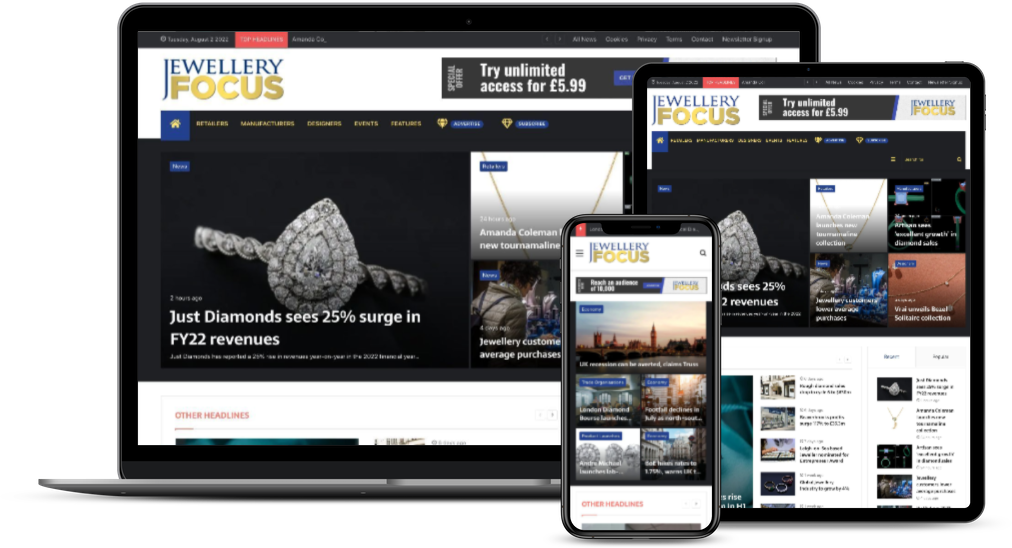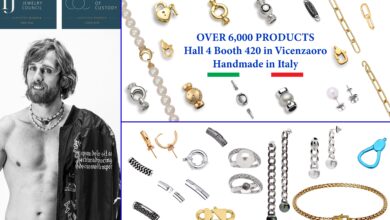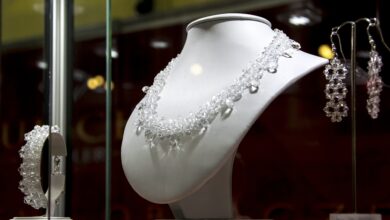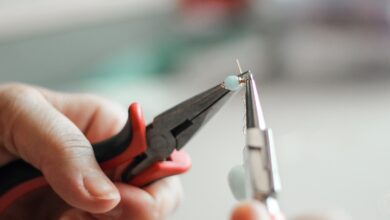What is x-ray fluorescence testing?
In a reboot of the series provided by the Birmingham Assay Office, Mark Malin, who has worked at the Birmingham Assay Office since 1978, explains the history and the application behind XRF testing.
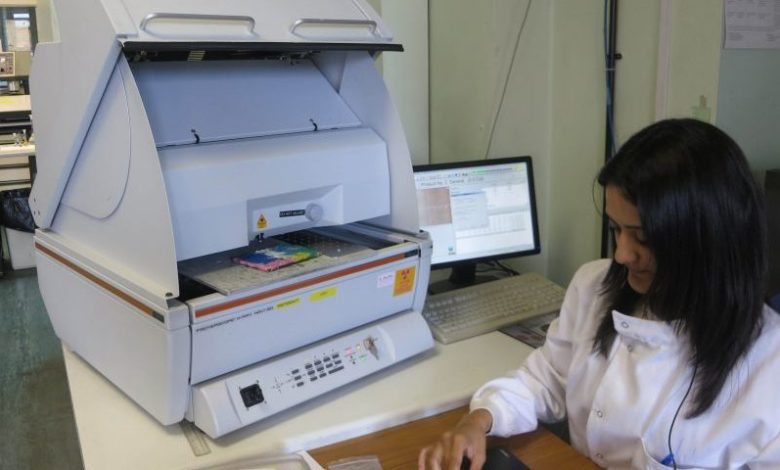
The change in the UK jewellery market during the past 15 years has been dramatic and irreversible. Items made outside the UK now outnumber UK manufactured articles by about nine to one and there has been a significant increase in silver and mixed metal articles and those which are hollow or very lightweight.

